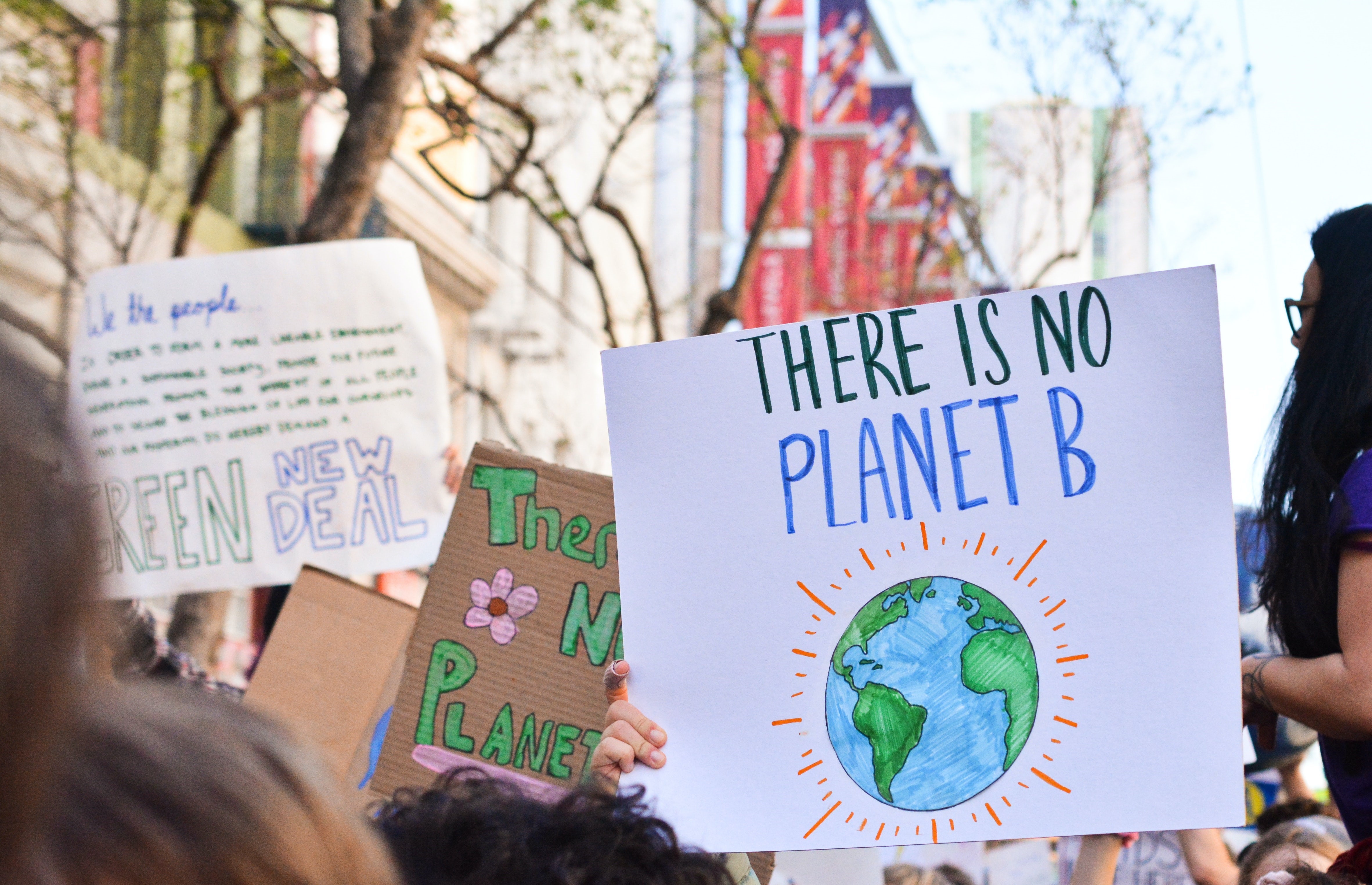
Climate Change and Migration in Africa
Photo by Li-An Lim on Unsplash
Whereas migration is inherently defined by borders, climate change, and its impact materialize without respect for borders. Climate change is defined by the intergovernmental Panel on Climate Change as any change in climate over time, whether due to natural variability or as a result of human activity. However, the United Nations Framework Convention on Climate Change (UNFCCC) intricately links climate change to human activity. The UNFCCC defines climate change as the change of climate that is attributed directly or indirectly to human activity that alters the composition of the global atmosphere, and that is in addition to natural climate variability, observed over comparable periods (UNFCCC, 2011:1-2).
While Africa contributes the least to climate change (Africa is responsible for less than 4% of the global greenhouse gas emissions), it is being hit the hardest by its effect. Of the estimated 140 million climate-related migrants in 2050, more than half the stock (more than 86 Million people) will be from Africa. According to the Climate Change Vulnerability Index (CCVI) (2016), of the 186 countries assessed, chad was rated the nation most at risk of effects of climate change, and recently, according to the Global Climate Risk Index (2021), five of the ten countries most affected by climate change in Africa – Mozambique, Zimbabwe, Malawi, South Sudan, and Nigeria.
Variable rainfall (droughts and floods), natural resource depletion, and rising temperatures are some of the natural hazards related to climate change. Although there are a few instances of climate change as the sole factor of migration, it is widely recognized as a contributing and exacerbating factor in migration and conflict. There is an intricate link between economic migration and climate-induced migration. Vincent (2020), in establishing the link between economic migration and climate-induced migration, argues that an environment that is becoming progressively hotter and with more erratic rainfall may indeed mean that someone chooses to migrate for economic reasons – but environmental factors, including climate, may underpin the reality. Even though the nature of these types of migration can go beyond national borders, it is important to note that the UN 1951 Refugee Convention and the African Union 1969 Convention do not protect climate refugees
Within the context of Africa, where agriculture constitutes the backbone of most economies (the agricultural sector employs more than 60% of the working-age population in many African countries) and is a main source of livelihood, the impact of climate change has a devastating effect on a majority of Africans. For example, in the Horn of Africa (Djibouti, Eritrea, Ethiopia, Kenya, Somalis, South Sudan, Sudan, and Uganda), where crop production and livestock are the economic mainstay of the region which employs 80% of the population and a source of basic food supplies and foreign earnings, climate-induced natural hazards like droughts, floods, earthquake and locust infestation, that will adversely impact agricultural production, will cause a stressor on the population and force people to migrate nationally or internationally (Tegebu, 2020).
Another example of climate-induced migration in Africa is within the Lake Chad Basin which has shrunk by 90% (Mohanty, 2021). The Lake Chad Basin has been a source of drinking water, irrigation, livestock, and economic activity (for example, fishing) for over 30 million people in the region. The receding level of the Lake Chad Basin has amplified food and nutritional insecurity within the region. With the low educational levels and little or no skill to diversify agriculture, livestock and fisheries remain the main source of livelihood in the Lake Chad Basin. The shrinking levels of the Lake entail that millions of people have lost their source of livelihood – precipitating the migration of people in search of better opportunities. Poor livelihoods and lack of income-generating activities also compel those left behind to join arm groups, thus fuelling conflict within the region.
Furthermore, the Island of Mauritius represents another country within the continent that is impacted by induced-climate change migration. The main climatic concerns within communities in Mauritius include cyclones, flooding due to torrential rains, droughts, and erosion. According to the World Risk Report (2021), Mauritius is ranked 51 when it comes to having a high disaster risk and a lack of coping capacity of 58.21%. An increase in coastal temperature, which causes coral bleaching, decreases the fish population - a major source of livelihood for the 75,000 people living within the coastal communities forcing them to migrate (Appadu, 2021). Mauritius is also prone to sea-level rise, cyclones, flash flooding, and storm surges that adversely affect the economic sector, such as agriculture. Migration within most of these African countries that are agricultural dependent is an adaptation strategy.
Muluh Cletus
SIHMA Researcher
INTERESTED IN WRITING SOMETHING FOR SIHMA?
If you are interested in contributing to the SIHMA Blog on the Move please contact us at: https://www.sihma.org.za/contact or if you are interested in writing an article to be reviewed and published in the African Human Mobility Review, please follow this link on submitting: https://www.sihma.org.za/submit-an-article
References:
UNFCCC. 2011. Fact sheet: Climate change science – the status of climate change science today. Retrieved from: https://unfccc.int/files/press/backgrounders/application/pdf/press_factsh_science.pdf.
Tegebu, N. 2020. Climate change-induced migration in the Horn of Africa. Retrieved from: https://www.africaportal.org/documents/20093/Tegebu_-_Final.pdf.
Mohanty, A., et al. 2021. Climate change, conflict: What is fuelling the Lake Chad crisis. DownToEarth. Retrieved from: https://www.downtoearth.org.in/blog/climate-change/climate-change-conflict-what-is-fuelling-the-lake-chad-crisis-75639.
Vincent, K. 2020. Southern Africa lags behind in protection of (climate) migrants. Retrieved from: https://www.africaportal.org/features/southern-africa-lags-behind-protection-climate-refugees/.
Appadu, D. Assessing the relationship between climate change and human migration in the Republic of Mauritius. Retrieved from: https://library2.smu.ca/bitstream/handle/01/29567/Appadu_Shreetee_Honours_2021.pdf?sequence=1&isAllowed=y.
World Risk Report. 2021. Focus: Social protection. Retrieved from: https://repository.gheli.harvard.edu/repository/10930/.
Global Climate Risk Index. 2021. Who suffers most from extreme weather events? Weather-related loss events in 2019 and 2000 to 2019. Retrieved from: https://www.germanwatch.org/en/19777.
Categories:
Tags:
